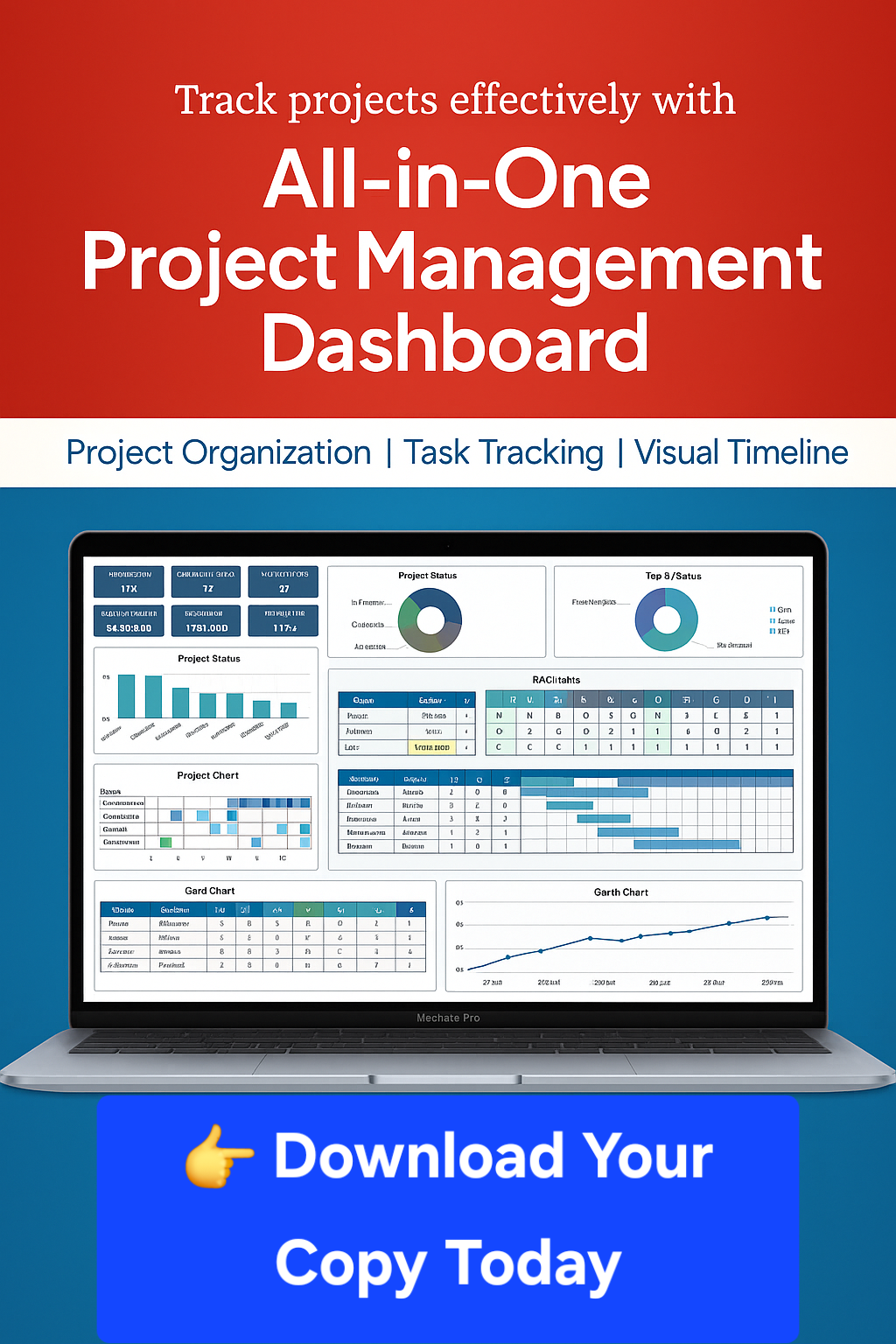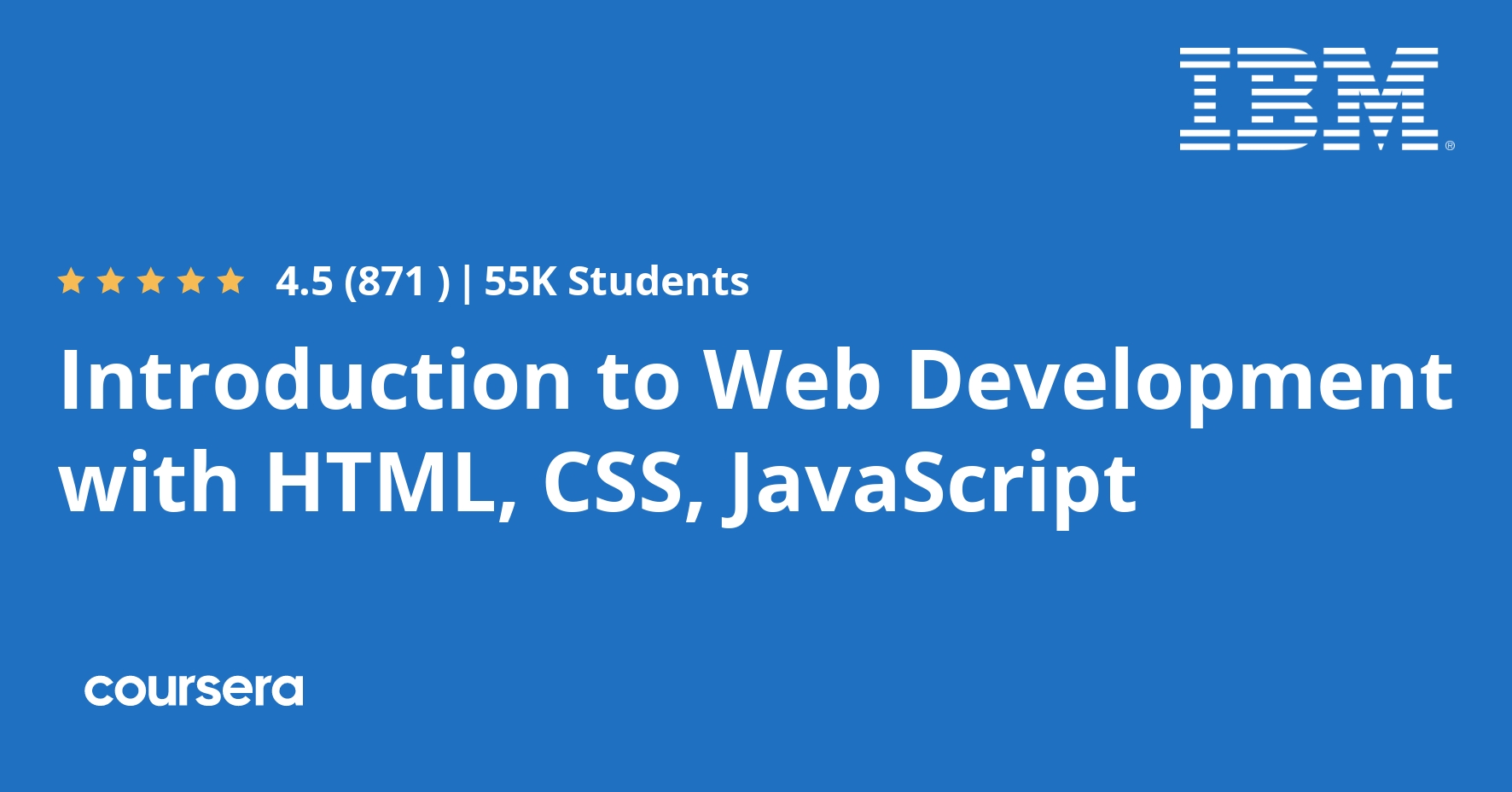Description
Want to take the first steps to become a Web Developer? This course will help you discover the languages, frameworks, and tools that you will need to create interactive and engaging websites right from the beginning.
You will begin by learning about the roles of front-end, back-end, and full-stack developers and how they work together on development projects. Through this, you will also become familiar with the terminology and skills needed in your career as a web developer.
Next, you will explore the languages needed for developing websites or applications. You will gain a thorough understanding of HTML and CSS and learn how a combination of both technologies can help developers create the structure and style of their websites.
Finally, you will learn how JavaScript can make your webpages dynamic with features that include interactive forms, dynamic content modification, and sophisticated menu systems.
What you will learn
Introduction to Application Development
Learn what web development involves from the very beginning. Discover the languages, frameworks, and tools, that enable you to create interactive and engaging websites and Cloud Applications, right from the very beginning. In this module, you will learn about the roles of front-end, back-end, and full-stack developers and how they work together on development projects, and become familiar with the terminology and skills you will need in your career as a web developer.
HTML Overview
The most fundamental tools for front-end developers are the languages they use for developing the website or app. Foremost among these languages is Hyper Text Markup Language (HTML). A thorough understanding of HTML, its features, support, and scripting capabilities makes a solid foundation for you to build your development skills on.
CSS Overview & HTML5 Elements
HTML5 has many elements that enable developers to create well-structured and varied websites. CSS is a style sheet language that defines how HTML elements are displayed. By using a combination of HTML5 and CSS, developers can create rich, interactive applications. The HTML5 elements provide ways to separate a HTML document into divisions, create headers and footers, define sections, create headings, and define the body of the document. In addition, there are many HTML5 elements that allow the user to interact with the website, inputting information in various formats like dates, times, numbers, email addresses and much more. The data is sent to the browser by using HTML, and the design is applied to that data by using CSS. To be able to create the structure and style you want for your site, you must be familiar with both languages.
JavaScript Programming for Web Applications
You now have a website or Cloud App with structure and content from HTML, consistent style from CSS, and a limited amount of interactivity for the user. To enhance the user experience and create a real wow factor, you’re going to need JavaScript. With JavaScript, you can make your webpages dynamic by using features like interactive forms, picture slideshows, and sophisticated menu systems.







